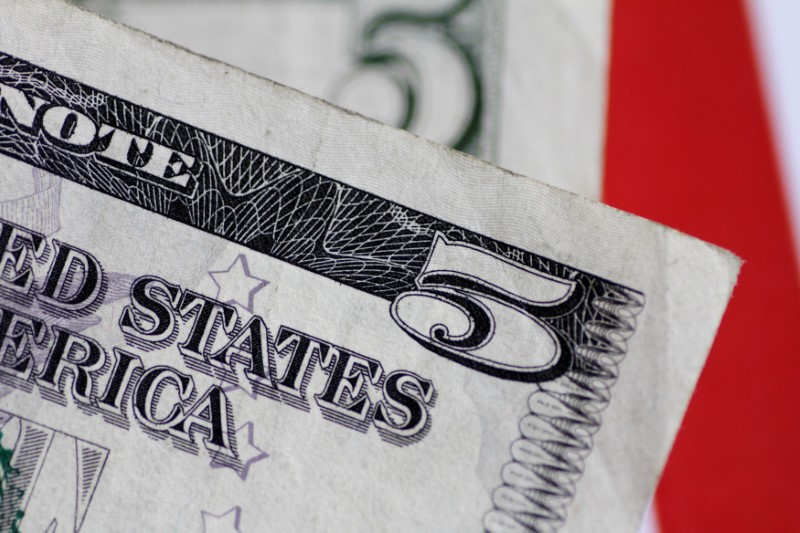By Peter Nurse
Investing.com - The U.S. dollar has edged higher Tuesday, with investors choosing this safe haven amid the coronavirus-inspired uncertainty, especially in the oil markets.
At 3:05 AM ET (0705 GMT), the U.S. Dollar Index, which tracks the greenback against a basket of six other currencies, stood at 100.278, up 0.2%, while GBP/USD fell 0.2% to 1.2414. USD/JPY down 0.2% to 107.42.
The front month May WTI crude contract saw hefty selling Monday, its penultimate trading day before expiry, plunging into negative territory for the first time since trading began as investors and traders desperately sought to avoid delivery given the shortage of storage space for the current glut of oil.
“Oil is off its lows, but a lot of companies are going to get hit and companies could start to fail,” Shane Oliver, head of investment strategy and chief economist at AMP Capital Investors, told CNBC.
“If share prices have a pullback, the dollar could see some gains as a safe haven. The only thing that’s capping the dollar is the Federal Reserve has done more quantitative easing than anyone else.”
The euro is also in focus ahead of Thursday’s virtual meeting of the EU leaders to discuss funding of the economic recovery in the region from the damage done by the coronavirus outbreak.
At 3:05 AM ET, EUR/USD down 0.2% to 1.0841.
German Chancellor Angela Merkel is likely to come under pressure to agree to help finance the recovery through the issuance of joint debt, a subject which has provoked heated discussions in the Eurogroup meeting of finance ministers that preceded Thursday’s videoconference.
On Monday the Spanish government set out its plans to create a 1.5 trillion euro ($1.63 trillion) recovery fund financed through perpetual debt, backed by the EU budget, to aid countries worst-hit by the coronavirus crisis.
Although some reports have indicated that Merkel may be ready to accept this plan, the bond markets aren’t buying it with spreads between the low risk German debt and that of the Italian and Spanish equivalents, the two countries hardest hit during this crisis, at one month highs.
“Covid-19 has proved an unpleasant reminder for the single currency of a key factor: the hesitant European crisis response and the continued lack of a risk-sharing mechanism such as automatic fiscal transfers mean the eurozone is exposed when debt sustainability in any one country is at risk,” said analysts at Danske Bank, in a research note.
Also of note is the two week high for USD/CNY pair following the decision of the Chinese central bank to cut its benchmark lending rate on Monday, for the second time this year, to reduce borrowing costs for companies and prop up the coronavirus-hit economy.
Adding to downside for the yuan was news of the first new cases of coronavirus in the northwestern province of Shaanxi in nearly three weeks.
At 3:05 AM ET, the USD/CNY pair gained 0.2% to 7.0829.
